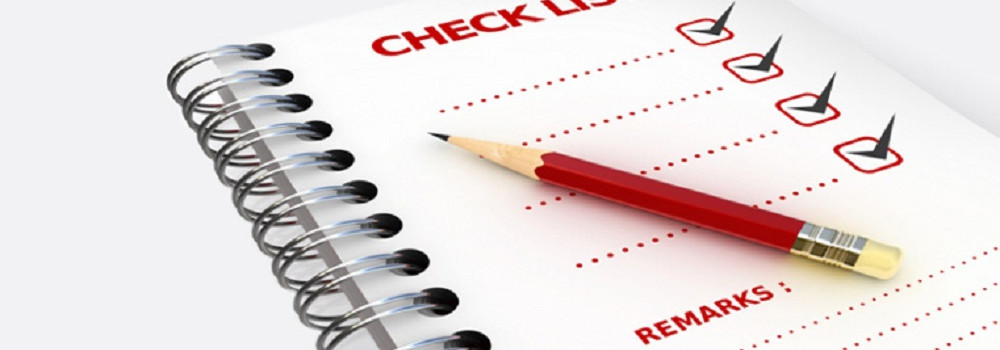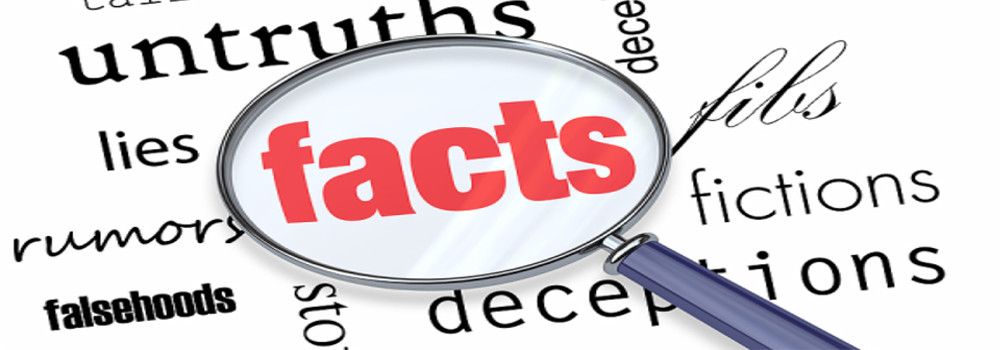ZULFAQAR Journal of Defence Science, Engineering & Technology (JDSET) is published in English and Bahasa Malaysia it is open to authors around the world. It is currently published two times a year, i.e. in June and December.
SCOPE
Journal of Defence Science, Engineering & Technology (JDSET) aims to serve scientists and technologist through prompt publications of significant advances in any branch of science & technology. It also provides a forum for the reporting and discussion of news and issues concerning defence science & technology. The editorial objective of the journal is to facilitate knowledge enhancement related to studies in the following fields, but not limited to: Science, Medicine, Engineering, Information & Computer Technology, Cyber Security, and Defence Technology. All submissions will be reviewed at least by two peer reviewers in the field. The Journal is published bi-annually by National Defence University of Malaysia (NDUM) Press. Since JDSET is an interdisciplinary scientific journal concerned with the progress of defence science & technology on an international scale, therefore the journal ignores political considerations and considers all questions solely from the scientific viewpoint.
SUBMISSION
The Journal publishes manuscripts written in the English and Bahasa Malaysia. Manuscript submitted to the journal for publication should be original contribution and must not have been previously published or is under consideration simultaneously by any other publication. The manuscript should be typed with double spacing, single column in Cambria with font size 12 on A4 paper not exceeding 25 pages, not more than 6 figures and 6 tables.
For online register: Zulfaqar Journal of Defence Science, Engineering & Technology (upnm.edu.my)
FORMAT AND STYLE
Title and Authorship Information:
Title page should start with the type of manuscript (Research, Review Article, Short Communications, etc). This should be concise, short, specific and explain the nature of the work. The names of all authors (first name, middle initial, last name) including their departmental and institutional addresses should also be included. The name of the corresponding author along with E-mail should be provided. An asterisk (*) should be added to the right of the corresponding author’s name. His or her affiliation should be indicated by superscripts 1, 2, 3,…… placed after each author’s name and before each affiliation.
Abstract:
The abstract must be a single unstructured paragraph of no more than 200 words describing the scope, hypothesis or rationale for the work and the main findings. Abstract should be written in the past tense and presented without subheadings. No reference should be cited in this section.
Key words:
Immediately after the abstract, about 3-5 key words should be provided, which will be used for indexing purposes. Key words should be separated by commas and words from title should avoid repeating as key words.
Introduction:
Introduction should be short and precise. It should describe the basic principles of research, earlier background work and the aim of the present study. Hypothesis to be tested should be specified. Summary of the results should be avoided. Extensive discussion of relevant literature should be included in the discussion section.
Materials and Methods:
Only new techniques and modifications to known methods need to be described in detail. Methods already published should be indicated by a reference. Include the supplier name and the manufacturer of any chemical or apparatus not in common use. Appropriate statistical methods should be used and indicate the probability level (P) at which differences were considered significant. If data are presented in the text, state what they represent (e.g. means ± SEM). Indicate whether data were transformed before analysis. Specify any statistical computer programs used.
Results:
Results should be clear and concise using tables or figures when feasible. The text should elaborate on the tabular data. It should be written in the past tense when describing findings in the authors' experiments. Sufficient data with some index of variation attached should be presented for proper interpretation of the results of the experiment.
Discussion:
Discussion should be able to interpret the results clearly and concisely in relation to previous findings, whether in support, against, or simply as added data to provide the reader with a broad base on which to accept or reject the hypotheses tested. A combined Results and Discussion section is often appropriate.
Conclusions:
The significant or unique findings should be highlighted in this section. Its content should not substantially duplicate the abstract. Recommendation might be given.
Acknowledgment:
The Acknowledgments of people, grants, funding agency, etc should be brief.
References:
Manuscripts must conform to the references in UPNM Press style which is the American Psychological Association (APA) style or the IEEE manual of Style. The references style adopted should be consistent throughout the manuscript. Below are examples of referencing for APA style and IEEE Manual of Style.
APA Style
In-text Reference Citations
· Examples for a single author
Johnson (2004) has shown that ... This is in agreement in line with results obtained by several authors (Scholes, 1995; Alex, 1997; Nelson, 1998).
· Examples for two authors
Smith and Giggs (2000) reported that... This was later found to be incorrect (Khan & Rahman, 2002).
· Examples for three or more authors (use the first author’s name and then et al.)
Samuel et al. (1999) stated that... Similar results were reported recently (Smith et al., 2003).
List of Reference
The list of references should include only those cited in the manuscript and arranged alphabetically by authors’ names. Citations such as manuscript in preparation or manuscript submitted are not permitted. The following format should be adhered to:
Journal Papers
Article Author, A. A., & Article Author, B. B. (Year). Title of article. Title of Journal, volume number (issue number if necessary), inclusive page numbers.
Book
· Authored work
Author, A. A., & Author, B. B. (Year). Title of work: Subtitle (edition.). (Volume(s).). Place of publication: Publisher.
· Edited work
Editor, A. A., & Editor, B. B. (Eds.). (Year). Title of work: Subtitle (edition.). (Volume(s).). Place of publication: Publisher.
Book Chapter
Author of Part, A. A. (Year). Title of chapter or part. In A. A. Editor & B. B. Editor (Eds.), Title: Subtitle of book (edition., inclusive page numbers). Place of publication: Publisher.
Conference Proceedings
· In print proceedings
Author of Paper, A., & Author of Paper, B. (Year, Month date). Title of paper. In A. Editor, B. Editor, & C. Editor. Title of Published Proceedings. Paper presented at Title of Conference: Subtitle of Conference, Location (inclusive page numbers). Place of publication: Publisher.
· From the internet
- DOI available
Author of Paper, A., & Author of Paper, B. (Year, Month date). Title of paper. Paper presented at Title of Conference: Subtitle of Conference, Location. doi:10.XXX/XXXXX.XX
- DOI unavailable
Author of Paper, A., & Author of Paper, B. (Year, Month date). Title of paper. Paper presented at Title of Conference: Subtitle of Conference, Location. Place of publication: Publisher.
IEEE Manual of Style
In-text Reference Citations
Examples of in-text citations:
"...end of the line for my research [13]."
"This theory was first put forward in 1987 [1]."
"Scholtz [2] has argued that..."
"Several recent studies [3, 4, 15, 16] have suggested that...."
"For example, see [7]."
List of Reference
The citation style includes in-text citations, numbered in square brackets, which refer to the full citation listed in the reference list at the end of the paper. The reference list is organized numerically, not alphabetically. Citations such as manuscript in preparation or manuscript submitted are not permitted. The following format should be adhered to:
Journal Papers
[1] J. U. Duncombe, "Infrared navigation - Part I: An assessment of feasibility," IEEE Trans. Electron. Devices, vol. ED-11, pp. 34-39, Jan. 1959.
[2] H. K. Edwards and V. Sridhar, "Analysis of software requirements engineering exercises in a global virtual team setup," Journal of Global Information Management, vol. 13, no. 2, p. 21+, April-June 2005. [Online]. Available: Academic OneFile, http://find.galegroup.com. [Accessed May 31, 2005].
Book
[3] B. Klaus and P. Horn, Robot Vision. Cambridge, MA: MIT Press, 1986.
[4] L. Bass, P. Clements, and R. Kazman, Software Architecture in Practice, 2nd ed. Reading, MA: Addison Wesley, 2003. [E-book] Available: Safari e-book.
Book Chapter
[5] L. Stein, “Random patterns,” in Computers and You, J. S. Brake, Ed. New York: Wiley, 1994, pp. 55-70.
Conference Proceedings
[6] L. Liu and H. Miao, "A specification based approach to testing polymorphic attributes," in Formal Methods and Software Engineering: Proceedings of the 6th International Conference on Formal Engineering Methods, ICFEM 2004, Seattle, WA, USA, November 8-12, 2004, J. Davies, W. Schulte, M. Barnett, Eds. Berlin: Springer, 2004. pp. 306-19.
[7] T. J. van Weert and R. K. Munro, Eds., Informatics and the Digital Society: Social, ethical and cognitive issues: IFIP TC3/WG3.1&3.2 Open Conference on Social, Ethical and Cognitive Issues of Informatics and ICT, July 22-26, 2002, Dortmund, Germany. Boston: Kluwer Academic, 2003.
COPYRIGHT
It is the author's responsibility to ensure that his or her submitted work does not infringe any existing copyright. Authors should obtain permission to reproduce or adapt copyrighted material and provide evidence of approval upon submitting the final version of a manuscript.
REVIEW PROCESS
Manuscripts will be reviewed by the Editorial Board and at least one independent referee. Decisions regarding the publication of a manuscript will be based on the Board's recommendations. The manuscript will be evaluated based on its appropriateness for JDSET, contribution to the discipline, cogency of analysis, conceptual breadth, clarity of presentation and technical adequacy. Manuscripts submitted by members of the journal's Editorial Board are subjected to the same review procedure.
PROOFS
One set of proofs will be sent to the author(s) to be checked for printer's errors and it is the responsibility of the author(s) to submit corrections to the Editorial Board.
DISCLAIMER
Opinions expressed in the journal are solely those of the authors and do not necessarily reflect the views of the editors, or the publisher. Material published in the JDSET is copyrighted in its favour. As such, no part of this publication may be reproduced or transmitted in any form or by any means, electronic or mechanical, including photocopying, or any information retrieval system, without permission in writing from the publisher.
Editor-in-Chief
ZULFAQAR Journal of Defence Science, Engineering & Technology (JDSET)
Universiti Pertahanan Nasional Malaysia
Kem Sungai Besi
57000 Kuala Lumpur
E-mail: This email address is being protected from spambots. You need JavaScript enabled to view it.






